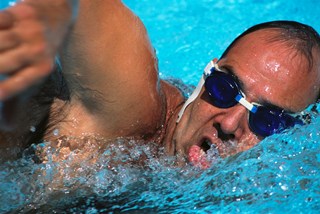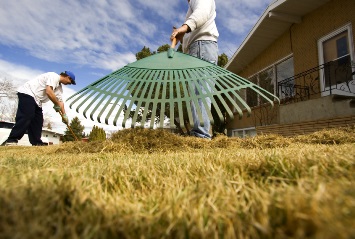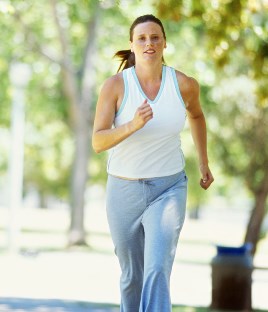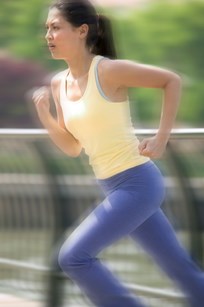Types of Physical Activity
The four main types of physical activity are:
- aerobic
- muscle-strengthening
- bone-strengthening
- stretching.
Aerobic activity is the type that benefits your heart and lungs the most.
Aerobic Activity

|
Aerobic activity is also called “endurance activity”.
Aerobic activity makes your heart beat faster than usual. You also breathe harder during this type of activity. Over time, regular aerobic activity makes your heart and lungs stronger and able to work better.
Muscle-Strengthening Activity

|
Muscle-strengthening activities also can be aerobic, depending on whether they make your heart and lungs work harder than usual. For example, climbing stairs is both an aerobic activity and a muscle-strengthening activity.
Bone-Strengthening Activity

|
Bone-strengthening activities also can be aerobic, depending on whether they make your heart and lungs work harder than usual. For example, running is both an aerobic activity and a bone-strengthening activity.
Stretching

|
Levels of Intensity in Aerobic Activity
You can do aerobic activity with light, moderate, or vigorous intensity. Moderate- and vigorous-intensity aerobic activities are better for your heart than light-intensity activities. However, even light-intensity activities are better than no activity at all.
The level of intensity depends on how hard you have to work to do the activity. To do the same activity, people who are less fit usually have to work harder than people who are more fit. So, for example, what is light-intensity activity for one person may be moderate-intensity for another.
Light- and Moderate-Intensity Activities
Light-intensity activities are common daily activities that do not require much effort.
Moderate-intensity activities make your heart, lungs, and muscles work harder than light-intensity activities do.
On a scale of 0 to 10, moderate-intensity activity is a 5 or 6 and produces noticeable increases in breathing and heart rate. If you are doing moderate-intensity activity, you can talk but not sing.
Vigorous-Intensity Activities
Vigorous-intensity activities make your heart, lungs, and muscles work hard.
On a scale of 0 to 10, vigorous-intensity activity is a 7 or 8. If you are doing vigorous-intensity activity, you cannot say more than a few words without stopping for a breath.
Get more help with:
Measuring Physical Activity Intensity (CDC)
What Counts as Aerobic Activity (CDC) –video
Examples of Aerobic Activities
Below are examples of aerobic activities. Depending on your level of fitness, they can be light, moderate, or vigorous in intensity:
- Pushing a grocery cart around a store
- Gardening, such as digging or hoeing that causes your heart rate to go up
- Walking, hiking, jogging, running
- Water aerobics or swimming laps
- Bicycling, skateboarding, rollerblading, and jumping rope
- Ballroom dancing and aerobic dancing
- Tennis, soccer, hockey, and basketball
Source: National Heart Lung and Blood Institute. Physical Activity and your Heart. http://www.nhlbi.nih.gov/health//dci/Diseases/phys/phys_types.html
For more information:
Go to the Healthy Weight Center health topic.

